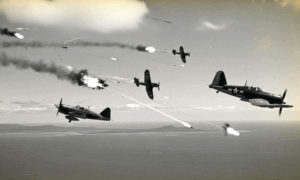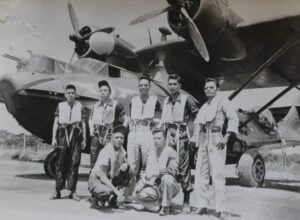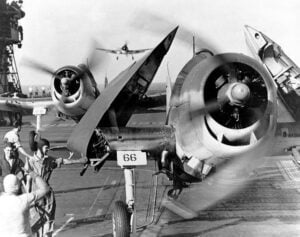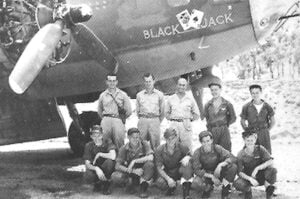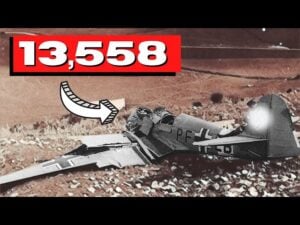The Reason Behind Why Most of B-17 Crews Never Returned Home
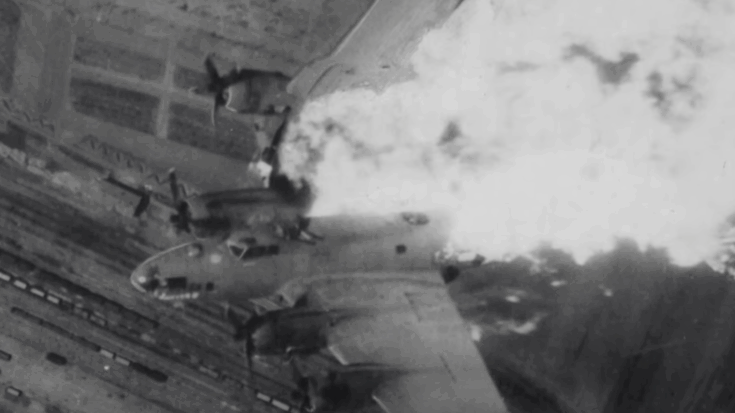
Voices From the Front / YouTube
The Illusion of the Flying Fortress
The B-17 bomber was presented to the public as the “Flying Fortress,” a four-engine machine loaded with thirteen guns and a bomb payload capable of leveling city blocks. It appeared unstoppable, a flying shield of steel and firepower. To the men inside, however, it felt nothing like a fortress. They saw it as a fragile metal shell, rattling and freezing at high altitude, vulnerable to sudden destruction. Every flight was a gamble, with no assurance of returning.
At 18,000 feet, the thin air made breathing impossible without oxygen masks. The interior had no insulation, and temperatures could drop to sixty degrees below zero. Crews wore electrically heated suits to keep from freezing, but the system could fail. If a mask slipped, a man could lose consciousness in minutes. A torn glove could leave skin stuck to the metal. Many lost fingers clearing jammed guns. Even before combat, the aircraft’s environment was hostile enough to kill.
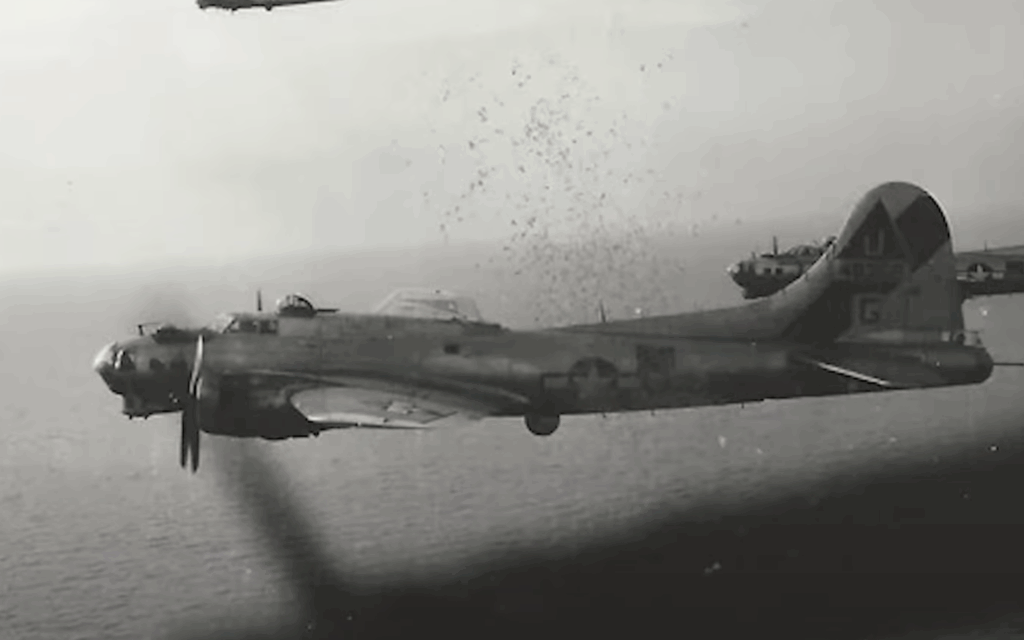
Formation Flight — Danger Before the Battle
The threat began long before the bombers reached their targets. B-17s flew in tight formation to protect one another, each plane taking off just half a minute after the last. A single mistake in timing or altitude could lead to midair collisions or catastrophic crashes. During training alone, thousands of airmen were lost without ever seeing the front line.
Once airborne in formation, the bombers became an immense moving target. The crews had to maintain position even when heading into anti-aircraft fire. German gunners aimed not where the planes were, but where they would be seconds later. Shells exploded midair, spraying deadly metal fragments through the thin aluminum skin. A single hit could cripple controls or kill crew instantly. Many watched neighboring bombers vanish in fire without a single parachute appearing.
Under Fire from the Sky
The shrapnel threat was followed by attacks from enemy fighters. Aircraft like the Messerschmitt 109 and Focke-Wulf 190 approached head-on or from blind spots. Their cannons could shear off engines or split a bomber apart with one or two hits. Early in the war, commanders believed the B-17’s own guns would be enough defense, but reality proved otherwise. Escorts were too short-ranged to provide cover deep into enemy territory. Only with the introduction of long-range P-51 Mustangs did survival odds improve, though by then many crews were already gone.
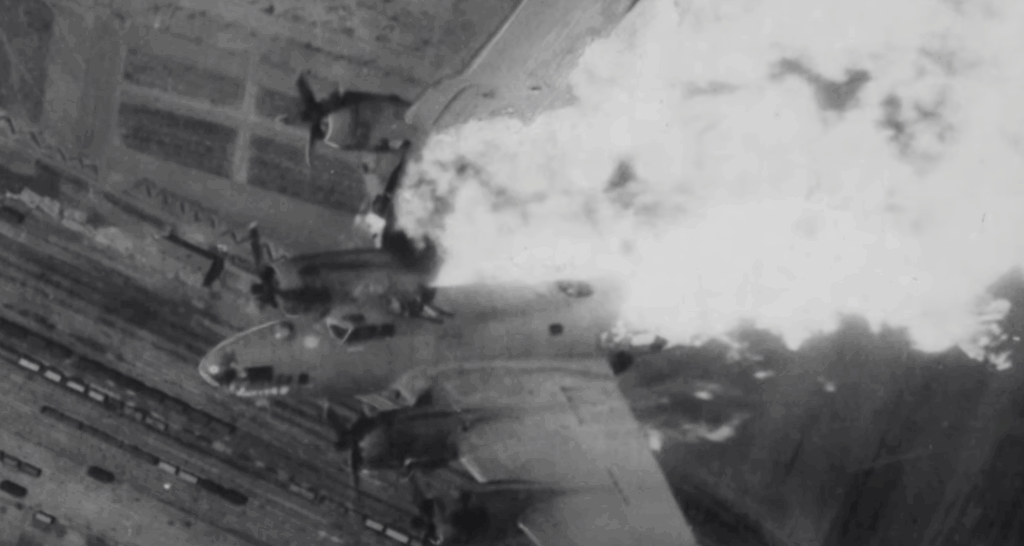
The Worst Positions in the Aircraft
Some positions in the bomber carried extreme risk. The tail gunner sat cramped in a small rear compartment, often the last to escape a falling plane. Waist gunners stood at open side windows with no heat and minimal shielding, exposed to both wind and enemy fire. The ball turret gunner was suspended in a glass sphere beneath the aircraft, unable to wear a parachute. If the landing gear jammed or the hydraulics failed, there was no way out before impact.
When the Plane Was Hit
A direct strike gave crews only seconds to choose between staying aboard or bailing out. Sometimes the aircraft limped home with engines out and fuselage torn. Other times, fire or structural collapse forced an immediate evacuation. Reaching the exits meant crawling through smoke and debris, often past unconscious crewmates. Even if a man escaped, he could be captured, lost at sea, or never found. Many simply disappeared without a trace.
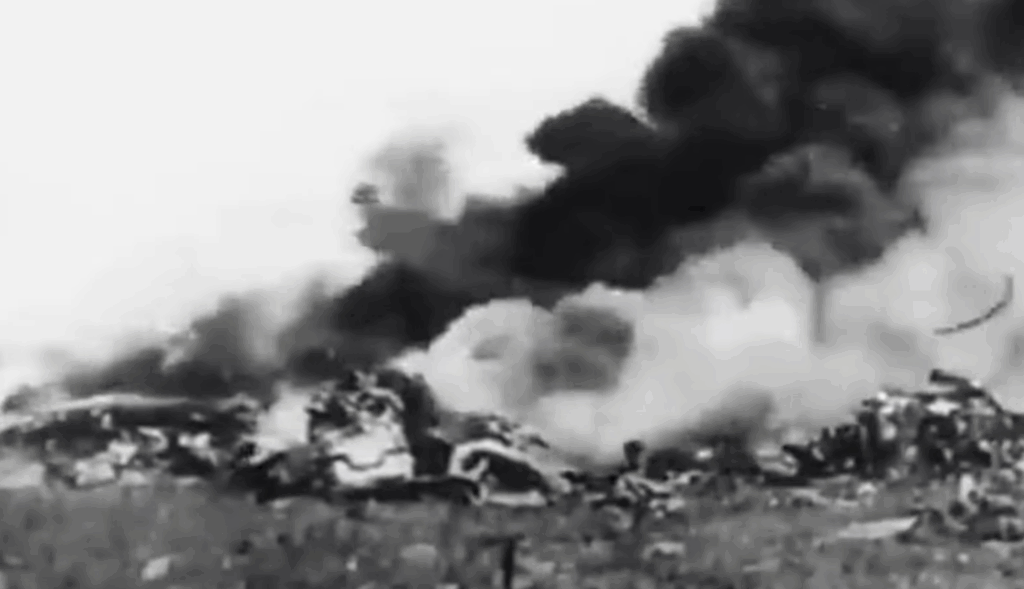
The Aftermath for Survivors
Most B-17 crewmen were barely out of school. Those who survived often returned with hearing damage, trembling hands, and memories they kept locked away. They had seen friends vanish midair and had flown through walls of fire knowing they might be next. The bomber itself was not invincible—it was a machine that demanded immense human sacrifice. Yet they kept climbing aboard, mission after mission, into skies where so many never returned.














